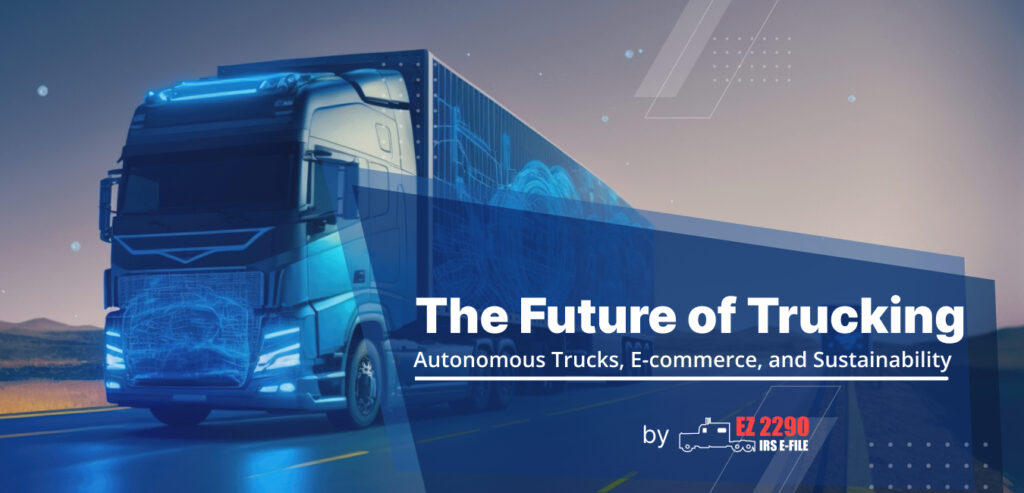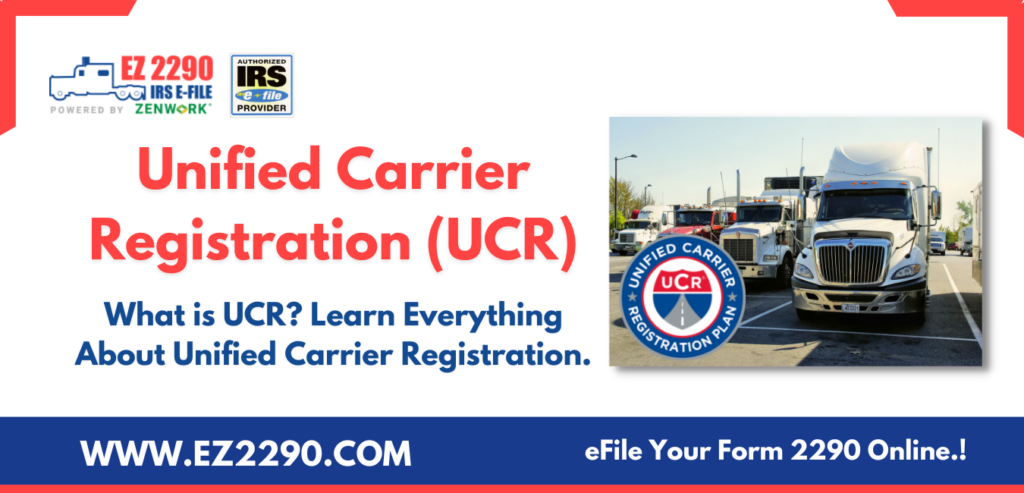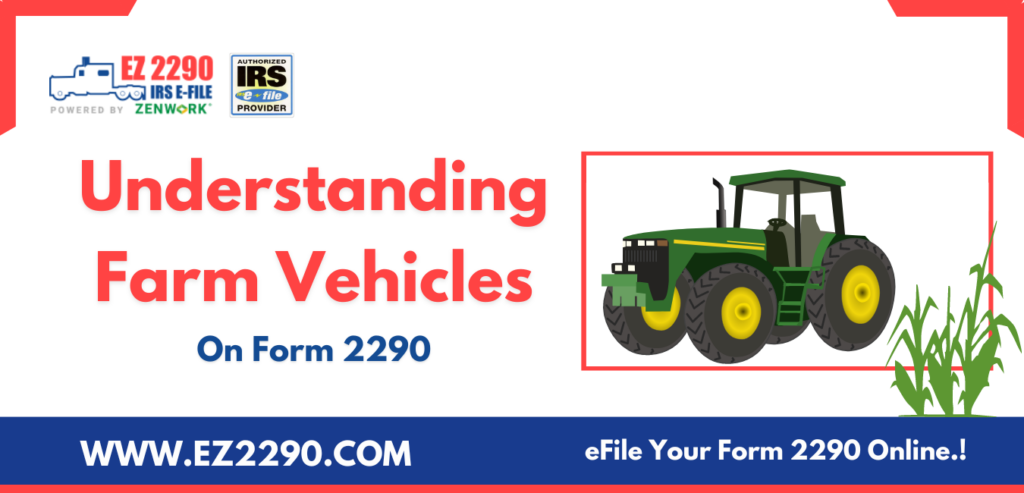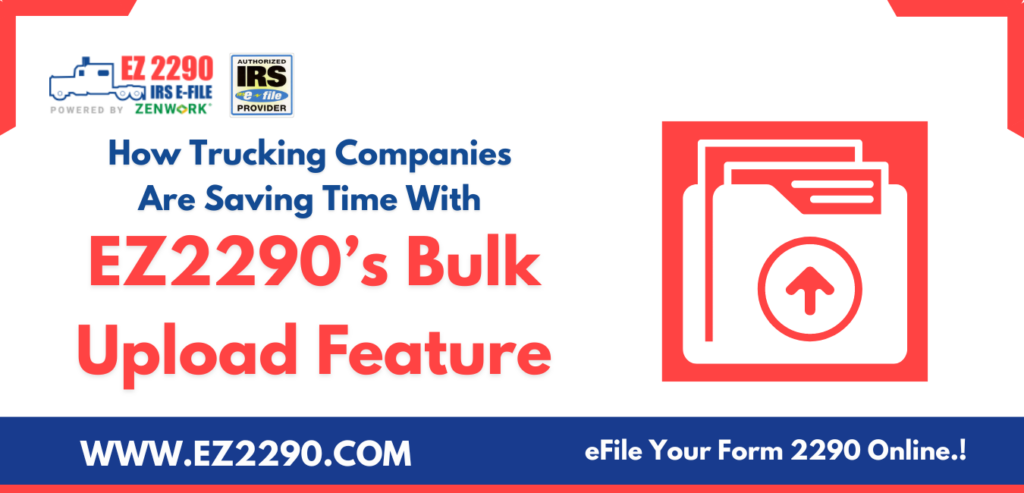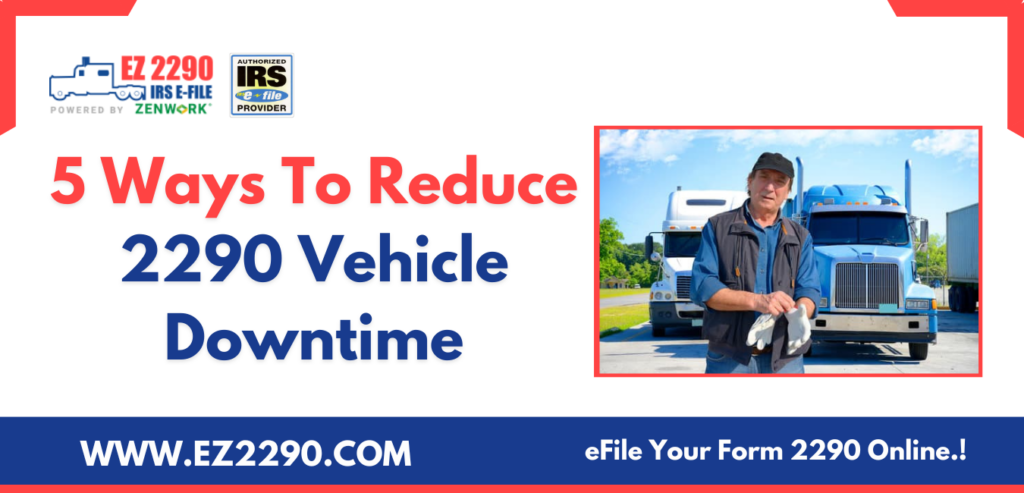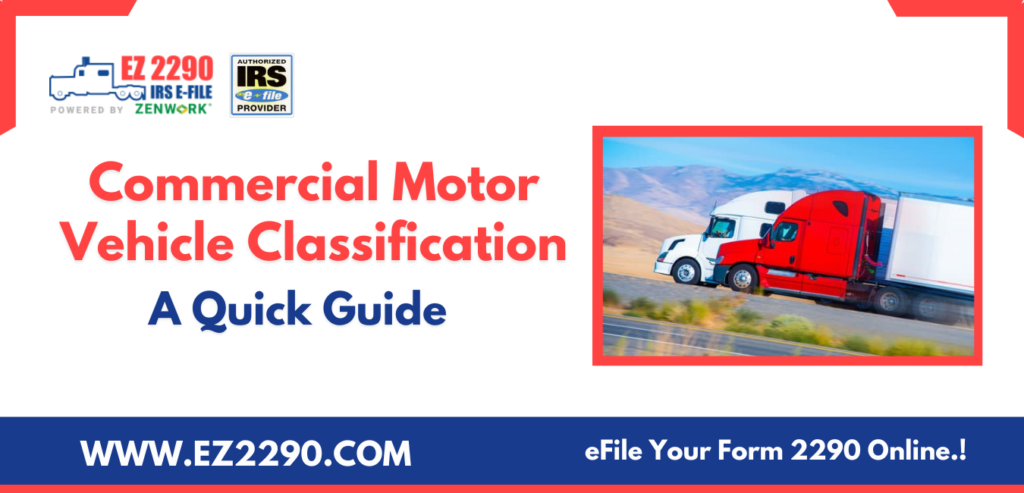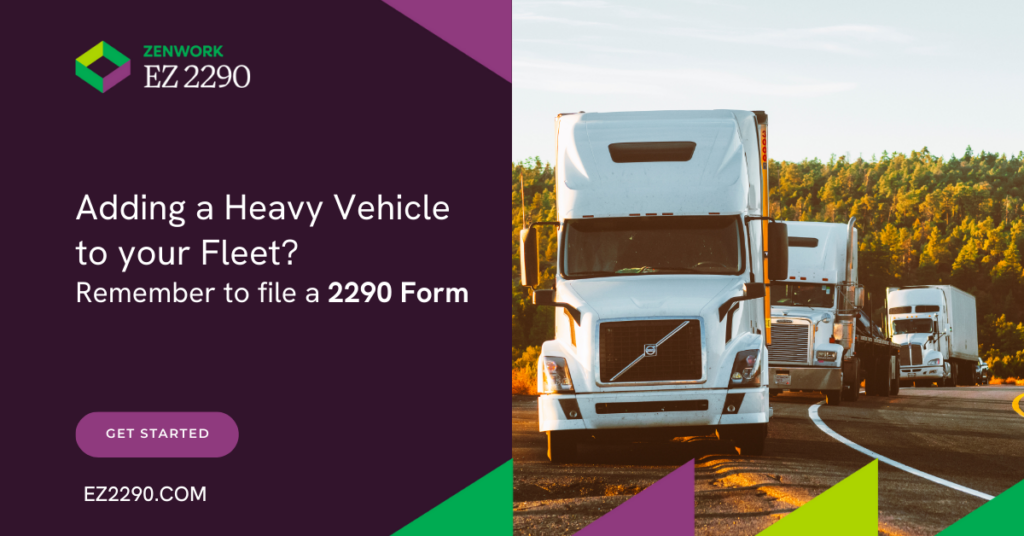
Owning and operating a fleet of heavy motor vehicles is a highly demanding business that requires diligence and dedication. While growing your fleet can be an exciting journey, every vehicle comes with added responsibilities and obligations.
If you’re a fleet operator planning to get a heavy highway vehicle, it is crucial that you remember to file Form 2290 or the Heavy Highway Vehicle Use Tax (HVUT) for your newly procured vehicle.
What is Form 2290?
Form 2290 or the HVUT is a type of tax levied on heavy motor vehicles with a registered gross weight of or more than 55,000 pounds that operate on public highways. This tax is a critical component for maintaining the nation’s infrastructure, and understanding its purpose is essential for complying with the federal regulations.
The revenue generated from the federal excise tax on heavy highway vehicles is used to fund the Highway Trust Fund, which provides funding for highways, bridges, and transit projects across the United States. In addition to funding transportation infrastructure, Form 2290 also serves as a way for the Internal Revenue Service (IRS) to keep track of heavy highway vehicles operating on public highways.
Who needs to file Form 2290 for 2024-2025?
The primary users of Form 2290 are truck owners and operators and trucking companies who own or lease heavy highway vehicles. These vehicles can include trucks, buses, and other large vehicles used for business purposes.
Truck owners and operators must file Form 2290 and pay the federal excise tax on their vehicle if it has a taxable gross weight of 55,000 pounds or more and is driven on public highways for 5,000 miles (7,500 miles for agricultural vehicles) or more.
The taxable gross weight of a vehicle is the total of:
- the actual unloaded weight of the vehicle (empty weight of the vehicle) that is fully equipped for service.
- the actual unloaded weight of any trailers or semitrailers fully equipped for service that are to be used in combination with the vehicle.
- the weight of the maximum load typically carried on the vehicle and on any trailers or semitrailers typically used in combination with the vehicle.
Additionally, the weight declared for registering a vehicle in a state may affect the taxable gross weight used to calculate the tax. A detailed article on understanding the taxable gross weight of your vehicle can be found here.
In case you are purchasing a pre-owned vehicle which was under tax suspension (category W) and has become taxable following the acquisition, you must file Form 2290 to report acquisition of the used taxable vehicle. The mileage use limit is applicable to the total mileage of the vehicle during the period, irrespective of the number of owners.
What is the Due Date for Filing Form 2290 for New Vehicles?
The due date for Form 2290 depends on the first used month of your taxable vehicle. The current tax period for heavy highway vehicles begins on July 1, 2024, and ends on June 30, 2025. So, if your vehicle has been on the road since July 2024, the due date for filing Form 2290 will be August 31st.
Vehicles that have their first use month other than July or newly purchased vehicles have a different due date. In this case, the filing deadline is the last day of the month following the month of the vehicle’s first use. For example, if your vehicle was first used in November, the due date for your Form 2290 will be December 31st.
How to File Form 2290?
When filing your HVUT Form 2290, choosing the right e-filing provider is crucial for ensuring a hassle-free experience. You can now e-file Form 2290 with IRS-authorized e-filing provider EZ2290!
Here are some reasons why you should consider e-Filing your HVUT Form 2290 with EZ2290:
- Free VIN Correction:
If you make a mistake entering the Vehicle Identification Number (VIN) on your HVUT Form 2290, it can lead to delays in processing and potentially even penalties. With EZ2290, you can make unlimited VIN corrections for free.
- Automatic Tax Calculations:
EZ2290’s e-Filing system automatically calculates the tax owed based on your vehicle’s weight and other factors, so you don’t have to worry about doing the calculations yourself.
- Bulk Upload Feature:
If you have multiple vehicles to file for, EZ2290 offers a bulk upload feature that allows you to upload all your vehicle information simultaneously, saving you time and effort.
- Bank-Grade Security:
Your sensitive information is protected by EZ2290’s bank-grade security measures.
- Penalty Prevention:
If you file your HVUT Form 2290 late or make errors, you may be subject to penalties and interest charges. EZ2290’s e-filing system helps prevent these penalties by filing your form accurately and on time.
In addition to these features, EZ2290 offers 24/7 customer support to answer your queries about the e-filing process. With so many benefits, EZ2290 is the preferred choice for anyone looking to e-file their HVUT Form 2290 quickly, easily, and securely.
 1-877-811-ETAX
1-877-811-ETAX